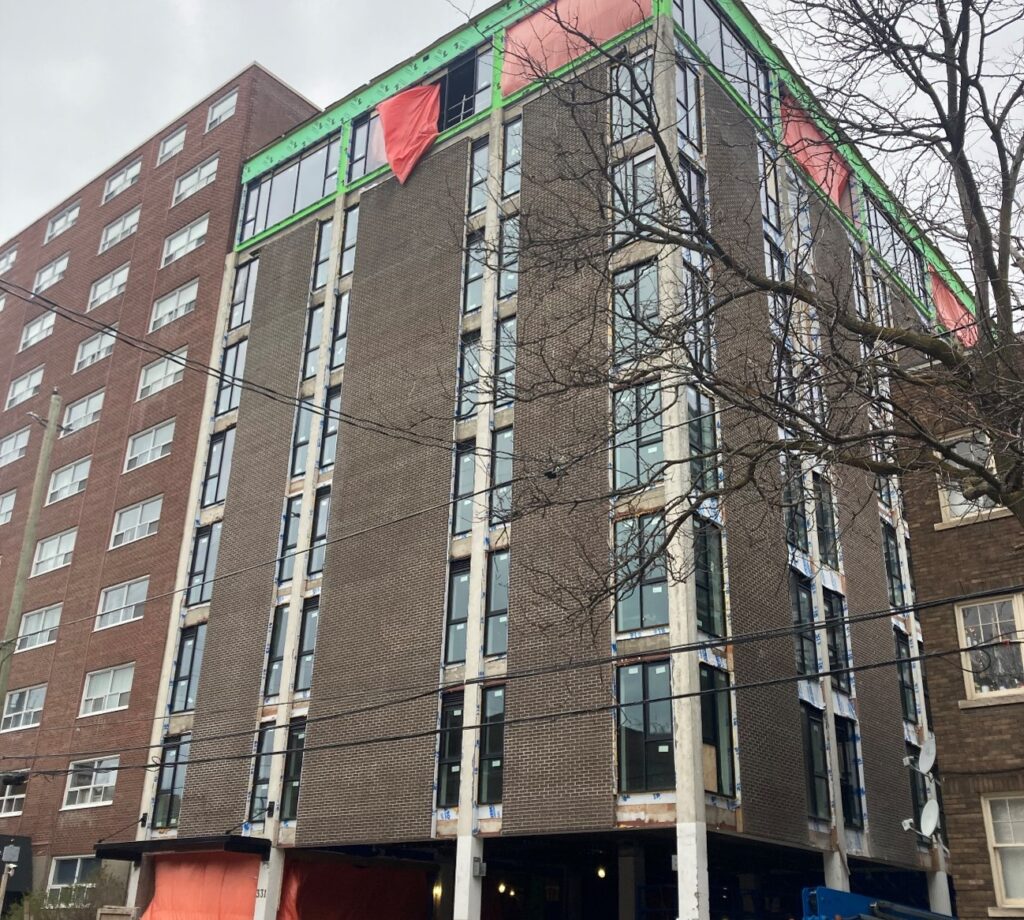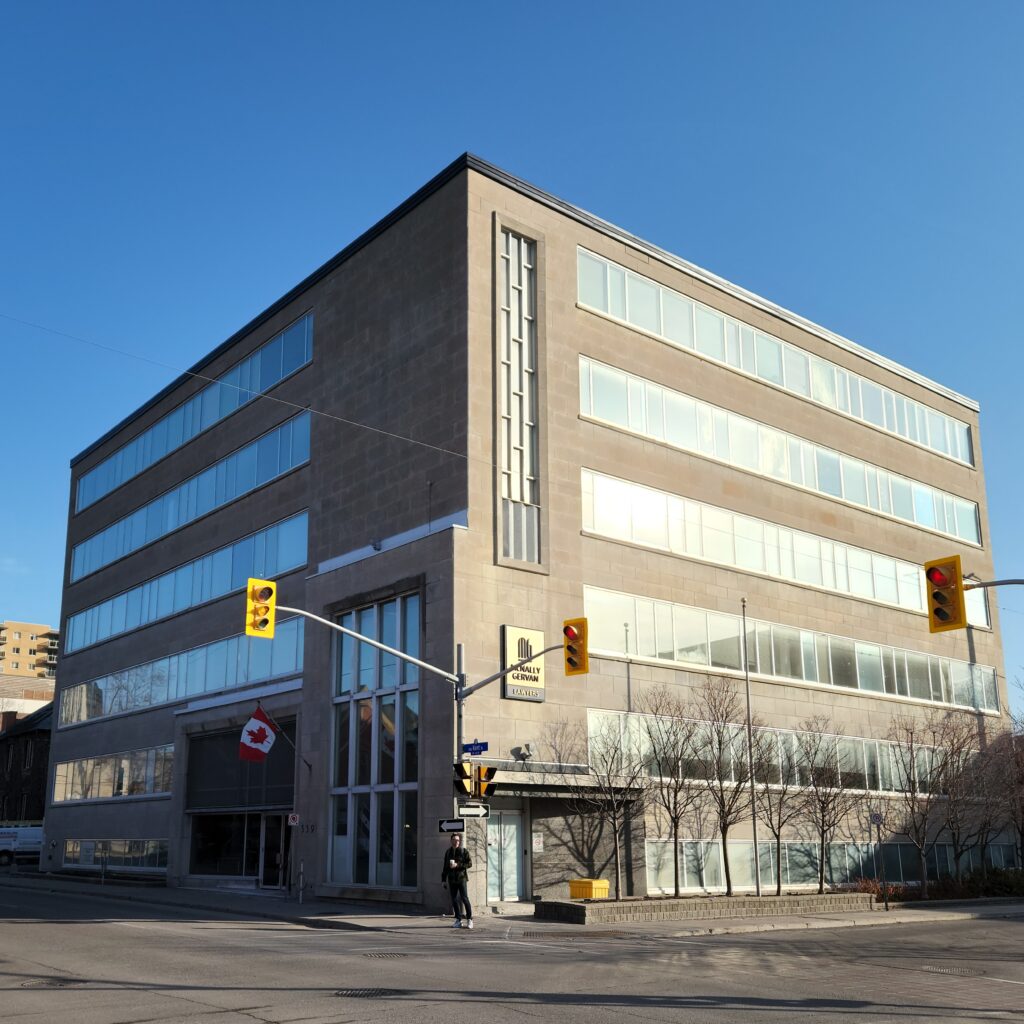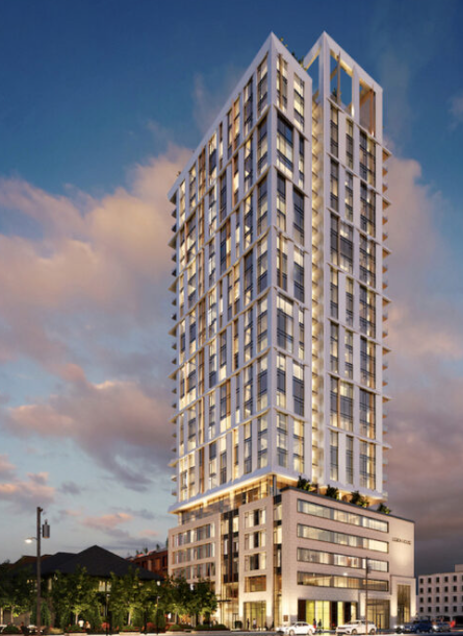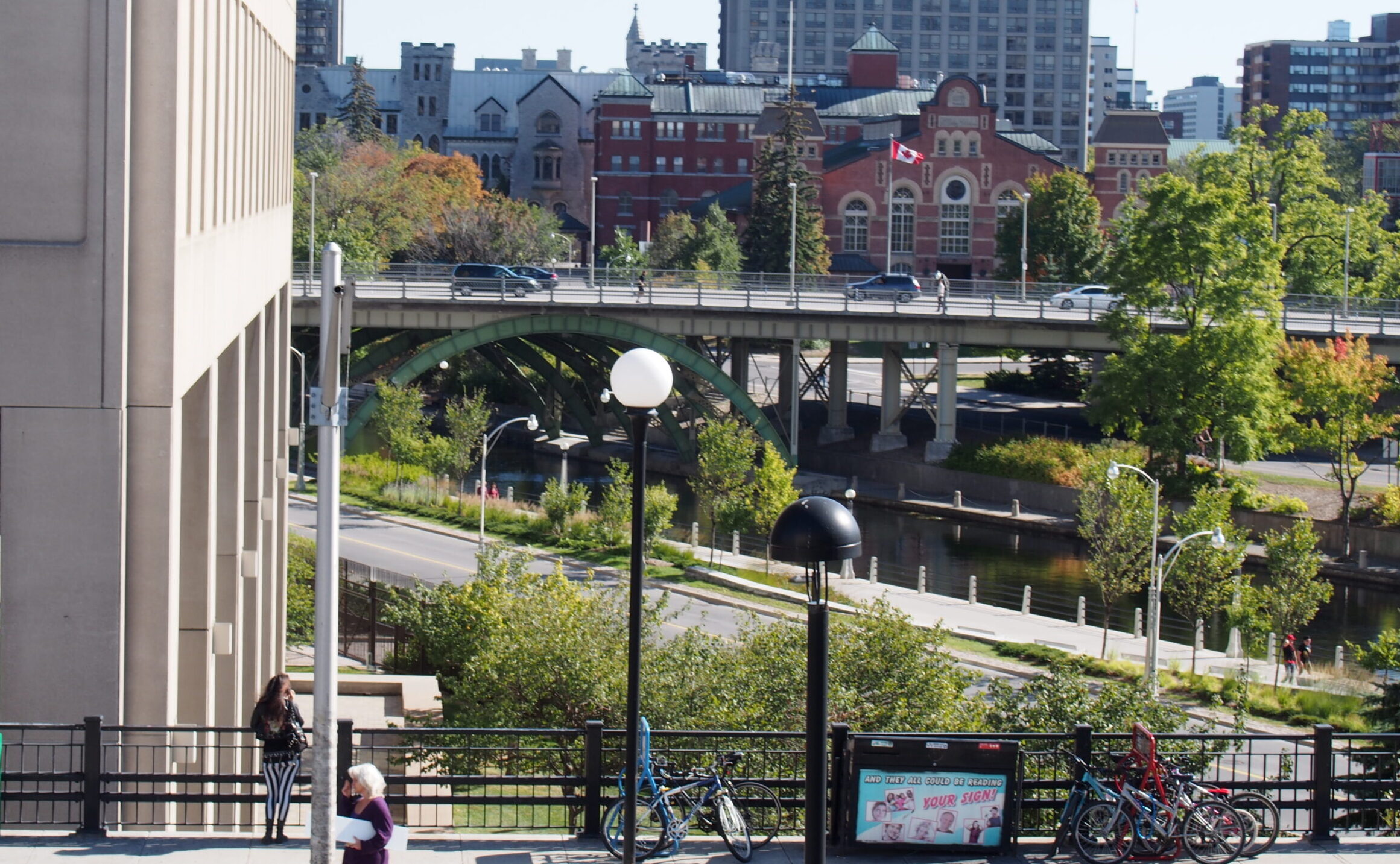On June 12, TRACE’s Emily Guy presented at the CAHP workroom as part of a panel discussing Heritage Conservation in a Housing Crisis.
The panel also consisted of Elaina Zysblat, Heritage Consultant with Ance Building Services, Liberty Brears, Heritage Planner with Liberty & Co., and Ivana Otasevic, Assistant Director, UNESCO Chair on the Diversity of Cultural Expressions. The Wednesday workroom was a continuation of the discussions held at Heritage BC’s annual conference and was held by CAHP in partnership with Heritage BC to continue the conversation on heritage and housing in Canada.
Emily’s presentation focused on the increasingly difficult position heritage finds itself in today. Changes to legislation in many different provinces, including Ontario, have created challenges for municipalities trying to manage their stock of existing buildings. Heritage designations are frequently challenged and restricted, and are often met with backlash, confusion, and a bit of panic among the public.
Although the perception of heritage varies, Emily points out that the current sentiment towards heritage designations leans toward the negative, comments such as, “If we designate it, we’re stuck with it,” and, “It’s absurd that millions of dollars’ worth of development decisions are restricted because of a two-page document”.

WHY DOES Heritage get a bad rep
The bad press unfortunately makes for good headlines, and heritage advocates are left on the defensive. Canada’s housing crisis is a major issue and continues to become increasingly more challenging to deal with. Heritage properties are an easy target to blame, as preservation can be seen as exclusionary, limiting, and political. In some instances, building owners are objecting to potential heritage designations when discussing housing. There are several examples of this in Ottawa, for example instances where owners have argued that a designation would reduce property value and make redevelopment more costly. They have also suggested that preserving elements could make it more difficult to attract tenants, that the existing building is incompatible with residential development, and also that the cost of preservation undermines housing affordability.


SUSTAINABLE, LIVABLE AND AFFORDABLE
Emily argues that it’s important to unpack these concerns and question the actual opportunities and limitations heritage designation places on existing buildings. Specifically, “If we truly did work towards more holistic and comprehensive preservation and rehabilitation, could we see better livability?” With heritage planning, there are examples of resilient communities, that foster thoughtful intensification, create better designed infill, and promote sustainability goals.
Furthermore, it is imperative that the heritage community addresses concerns, and misconceptions, around affordability as it relates to heritage designation. The current wave of developments are not being built to be affordable, and in fact, we frequently lose heritage spaces that house affordable units to make way for new construction. In Ottawa, according to statistics provided by ACORN, since 1999, only 1,760 affordable rental units have been completed, compared to 8,000 market rental units and 87,456 ownership units completed in the same time period.
Preservation of appropriate scale and height can make for better, affordable, and more livable neighbourhoods. Heritage and building reuse can help address sustainability objectives – we need to more creatively and effectively use our existing buildings to mitigate the climate crisis.


